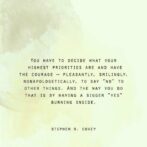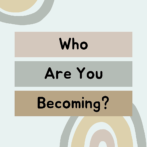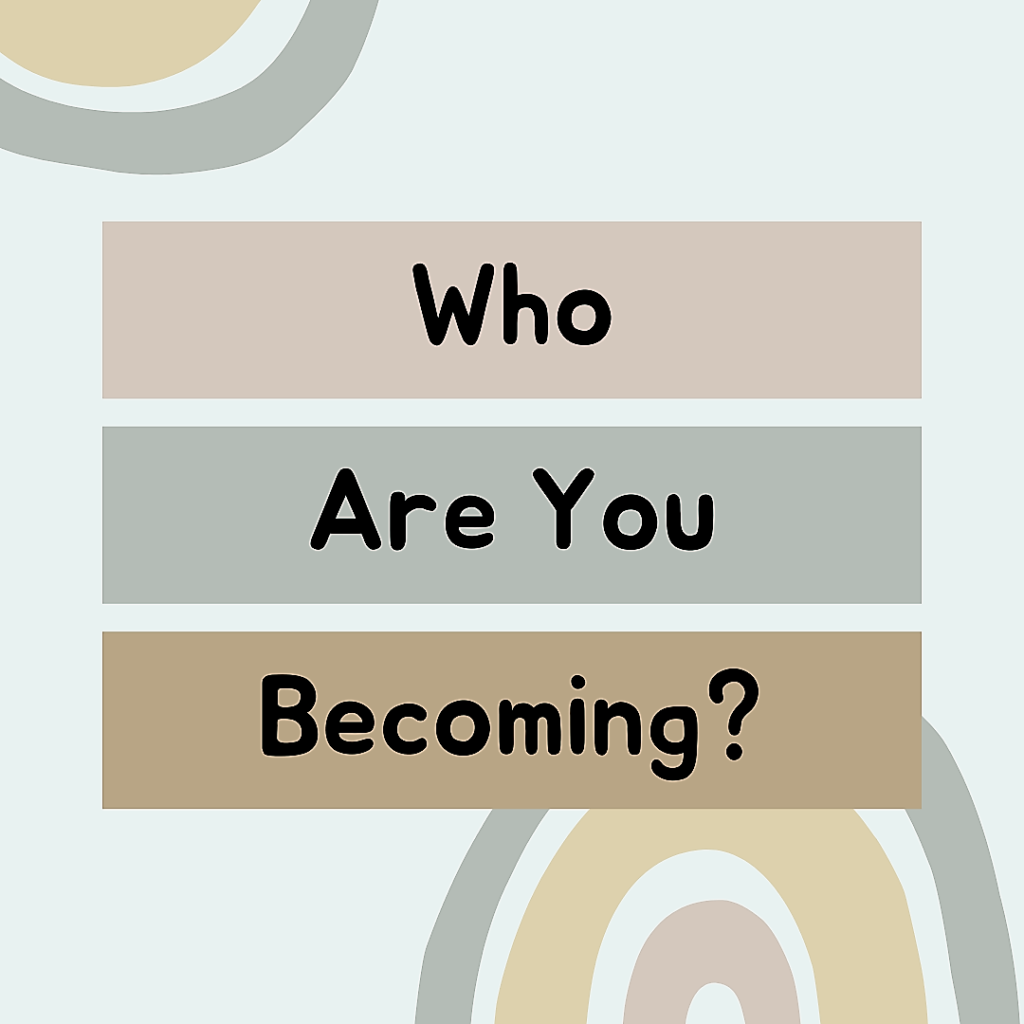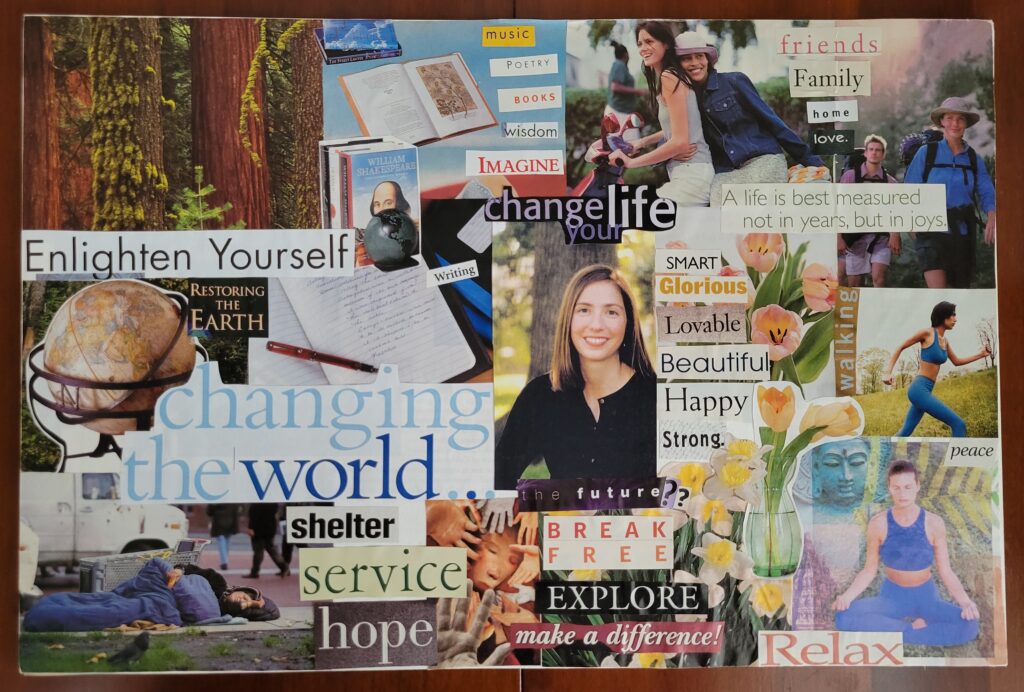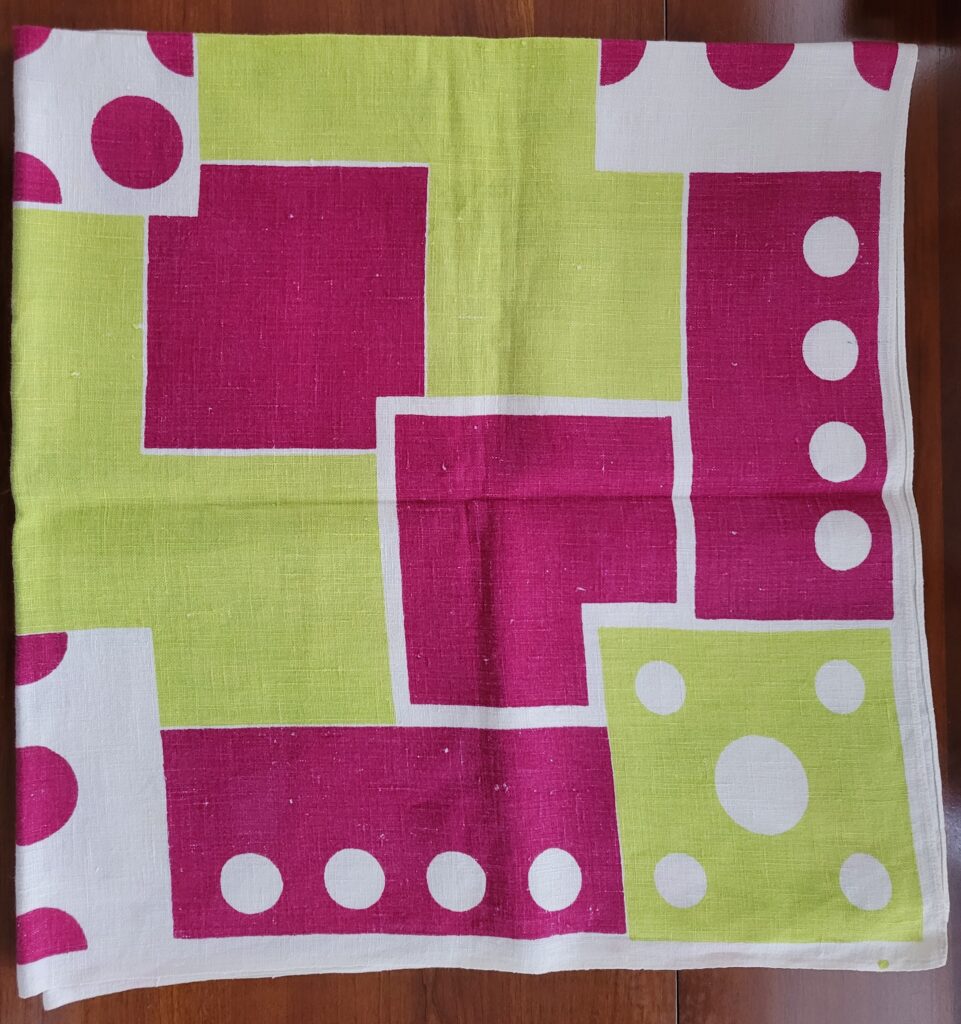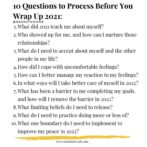Are you contributing to overwhelm at work?
One of the questions I often ask my coaching clients who are experiencing overwhelm at work is: “Is this a level-of-difficulty issue or a volume issue?”
Level-of-difficulty means they may have been given tasks they don’t know how to do. Volume means that they know how to do the tasks – the tasks may even be easy – but there are just too dang many of those tasks.
It’s almost always a volume issue. And the client played a big role in creating the problem by:
1) being good at their job (i.e., “work flows to the competent’)
2) not saying “no”
Cleary, we don’t want a competent person to act like they are incompetent. So we have to address not saying “no.”
Most people have reasons they don’t want to say “no.” They don’t want to miss out on an opportunity (i.e., they might not get included next time). They don’t want others to think they are unhelpful or not a team-player. They don’t want to disappoint their boss. And being the hero feels good – and safe.
All of this contributes to people coming to them with EVERYTHING because they say “yes” and get it all done. If you are one of these folks, every time you say “yes” you are actually training people to bring all the requests to you. And that’s how you contributed to the problem. The trouble is, it isn’t sustainable for you or for your organization. (When you leave, the organization will have a hard time finding someone willing to work 80 hours a week!)
The truth is, people will still like you if you say “no” or have strong boundaries; boundaries make the other person feel safe because they create certainty and instruct the other person on how to act. Remember, the other person doesn’t know if you are overloaded, overwhelmed or burnt-out. It is up to you to respond to a request with a polite “No, I’m sorry I can’t help you with that because I have too much on my plate right now. I’m afraid I won’t be able to do a good job for you.” If you want, you can even add “I hope you’ll ask me again next time.”
I once had a boss who would give me too many things for me and my team to get done. If I asked what was most important, he’d give me a blank stare and say it was all important. So I took him a long list of to-do’s (and their deadlines) and sat down with him so he could help me prioritize. I’m sure he didn’t like that, but he needed to see the list to understand we had an unmanageable volume of work.
Think about how you are currently contributing to the overwhelm and the volume of work. Where do you need to stop saying “yes” and experiment with saying “no?” It may feel scary, but it can also be empowering. And it will make more space for all of the things you truly want to say “yes” to!
What do you want to say “yes” to?
p.s. It can be hard to go straight from “yes” to “no.” You may want to utilize a stall first: https://jenfrankcoaching.com/2019/05/the-art-of-the-stall/ This will give you time to go create a very nice “no!”
p.p.s. As always, your comments are welcome on this post at https://www.facebook.com/jenfrankcoaching.
Read More
